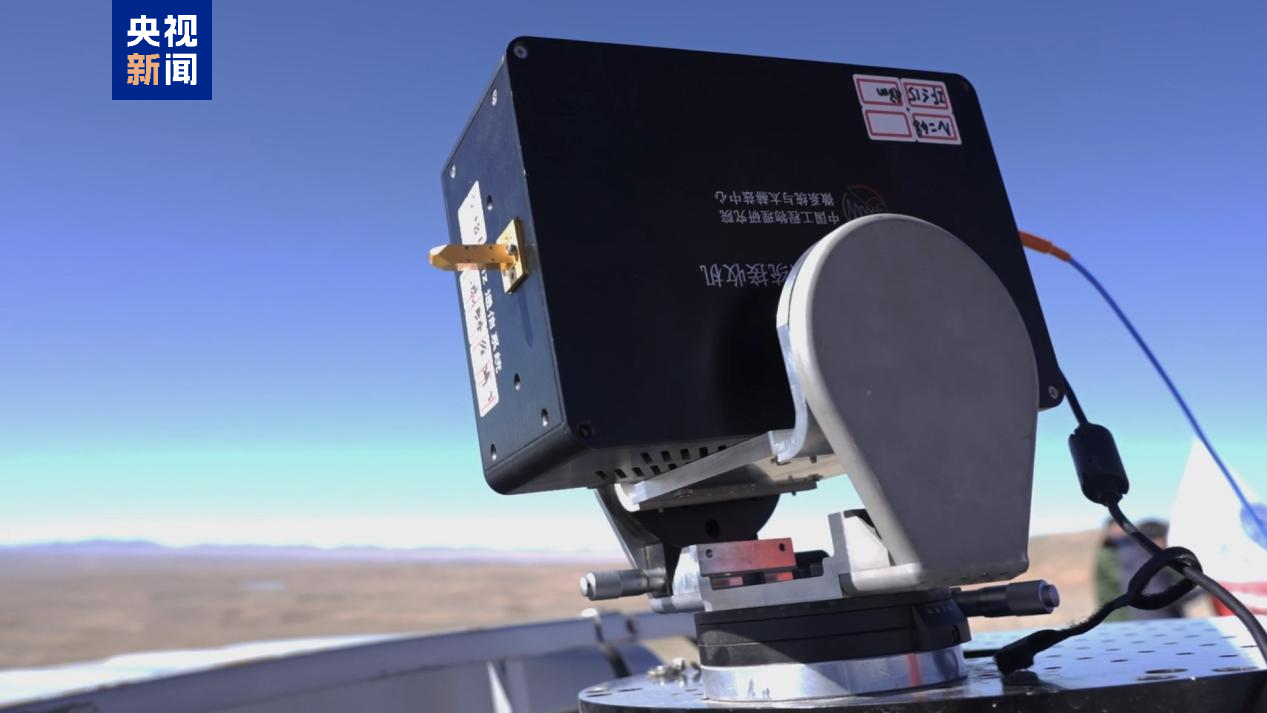
Recently, a joint experimental team led by the Zijinshan Observatory of the Chinese Academy of Sciences successfully achieved kilometer-level terahertz wireless communication transmission based on superconducting receivers in the Tibetan Plateau. This marks the first successful application of high-sensitivity terahertz superconducting receiver technology in long-distance wireless communication systems on an international scale.

The experiment was conducted at the submillimeter-wave astronomical observation base in Xueshan Pasture, Haixi Prefecture, Qinghai Province, which is located at an altitude of over 4,000 meters. The optimal observation period for terahertz frequency band here is from October to March of the following year. During the experiment, the transmission power at the sending end was only 10 microwatts, equivalent to one-millionth of the transmission power of a mobile phone base station. Despite such a weak signal strength, researchers successfully received high-definition video signals transmitted from a distance of 1.2 kilometers using the terahertz superconducting receiver.

Li Jing, a researcher at the Zijinshan Observatory of the Chinese Academy of Sciences, stated that microwave communication is like a two-lane road, while terahertz communication, due to its wider and richer spectrum resources, is like expanding that road to six or eight lanes. This highlights the significance of terahertz technology. The significance of superconducting detection technology lies in its high sensitivity, which allows for better performance on a wider road with virtually no loss, enabling longer transmission distances.
Terahertz waves occupy the frequency range between microwaves and light and are seen by scientists both domestically and internationally as a spectrum resource that will be fully developed in future communications. Terahertz communication is a crucial technological means to address the massive data transmission challenges faced by future satellite or space-ground communications, yet it encounters bottlenecks due to severe signal attenuation that complicates long-distance transmission. Achieving long-distance terahertz communication has long been a focus for scientists worldwide.

In order to tackle technological challenges in this field, researchers in China began investigations into terahertz astronomical detection technology in the 1990s. After nearly 30 years of foundational research, they have recently accomplished the first international success in applying high-sensitivity superconducting receiver technology to long-distance terahertz wireless communication systems, achieving the longest distance of terahertz wireless communication transmission to date at frequencies above 0.5 terahertz.
Shi Shengcai, an academician of the Chinese Academy of Sciences and a researcher at the Zijinshan Observatory, noted two advantages for conducting related research in China:
First, we have the Tibetan Plateau, which provides an excellent observational site;
Second, through decades of development, China is at the international forefront in superconducting detector technology.
This experiment has fully validated the unique advantages of conducting terahertz communication using superconducting receiving systems, laying a key technological foundation for future high-capacity terahertz communication in space and land, as well as for the multidisciplinary platform construction of submillimeter-wave research in Xueshan Pasture.